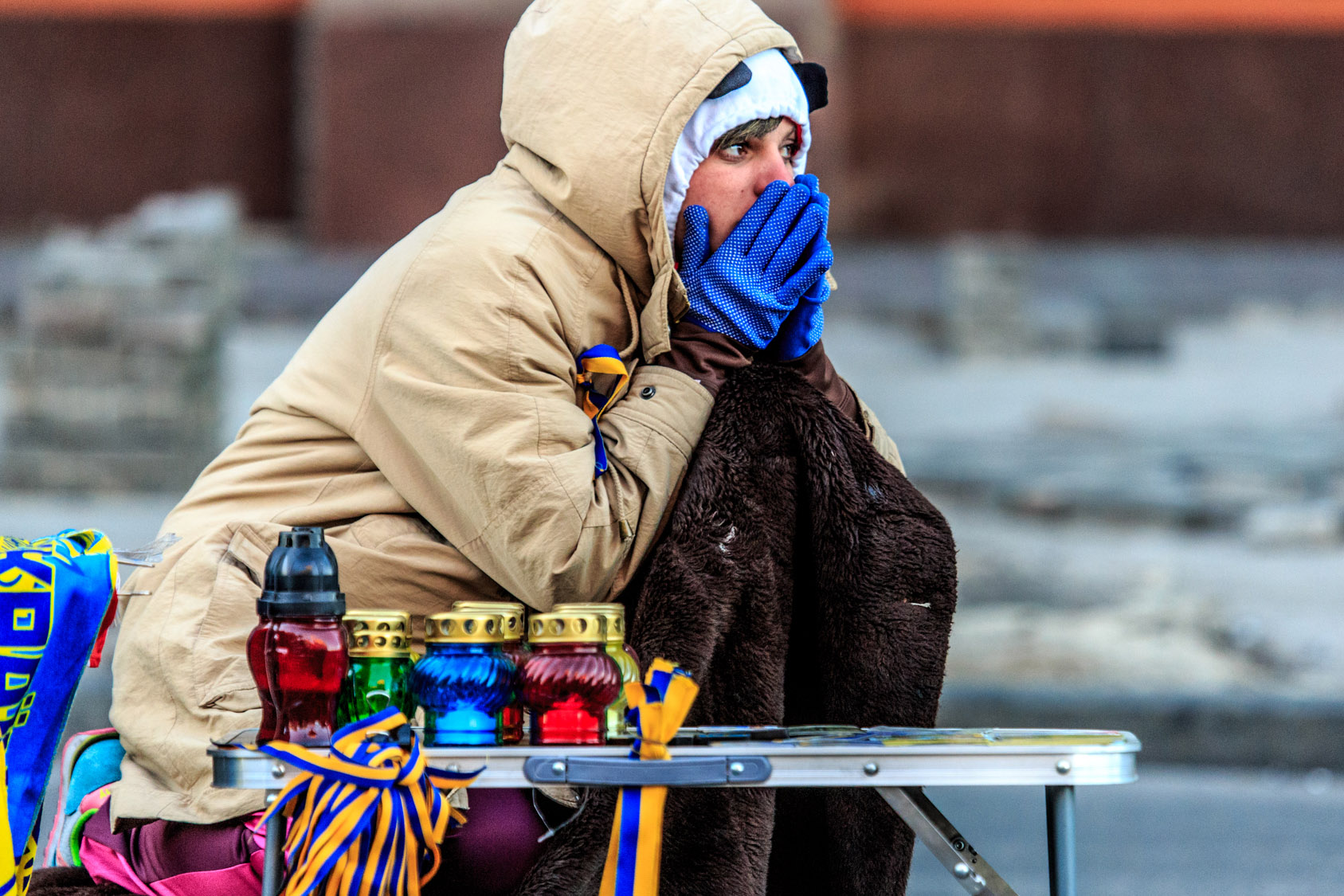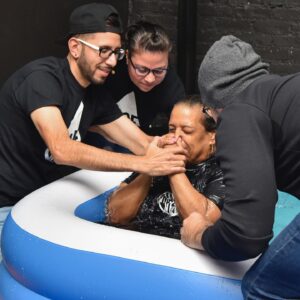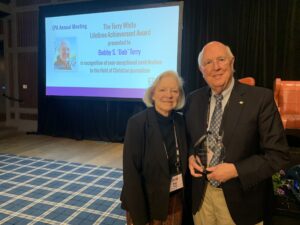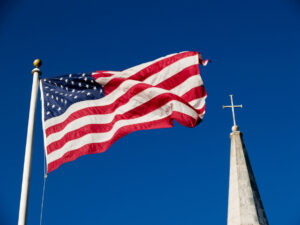
KIEV, Ukraine (BP) — Just a month after the fiery riots now known as Euromaidan occurred in Kiev’s Independence Square, I visited Ukraine’s capital. I was there less than a year before this most recent trip, but that was a different time — a different Kiev.
In February, 100 Kiev citizens were killed while revolting against riot police sent by their own government to quell the uprising.
What was once a bright and open Independence Square now looks like a scene from “Les Miserables.” Barricades constructed of discarded tires, old cars, computers and anything else revolutionaries could get their hands on are now stacked three meters high, ensuring that pedestrians use designated paths in and out of the square. The stench of charred tires is heavy in the air and competes with the smell of burning wood from makeshift smudge pots fashioned from discarded oil drums.
To me, it is the smell of sorrow.
Men, and the occasional woman, dressed in camouflage occupy tents and small “forts” made of discarded wood, tires and old blankets as they keep guard over the square — against what, I do not know. And graffiti covers almost every flat surface possible. The messages range from “Ukraine is not Russia” to “One Ukraine — One Country.”
The large, open spaces of the square are gone. Instead, nearly every sidewalk, walkway and bench has been transformed into a makeshift memorial for those who lost their lives here — the “Heavenly Hundred,” as they are called. Some memorials are adorned with hard hats and gas masks worn by protesters. Others feature photographs of those who were killed.
All are covered in blue and yellow flags, ribbons and wreaths, a symbol that the deceased gave their lives for their country. One after another, men, women and children — some with tears in their eyes — approach each of the memorials, pause and then move on.
Some lay flowers or light a candle as they say a prayer for the deceased. The number of flowers and candles in the square is far too many to count.
Inside the square the mood is somber, the air is heavy and it is easy to be overcome with a sense of mourning and grief.
But spring has come to Kiev. The winter snow is gone, the skies are blue and trees are beginning to bloom. Just a few blocks away from the square, children are playing in the park, young couples push strollers and old friends meet for a friendly game of chess in their usual meeting spots. Yes, outside of Independence Square life is back to normal.
But something strange is happening in the area between normal and sorrow. Something that I can only describe as … capitalism. It seems that there is big business in revolution.
While it is not unusual to find a few souvenir sellers in and around Independence Square, now the streets leading to the city center are lined with table after table of vendors cashing in on the wave of post-Maidan sentiment.
In these few blocks you can purchase Ukrainian flags, pins, ribbons and hats nearly every 10 to 15 steps. Magnets featuring photos of the Euromaidan riot can be purchased for less than a dollar each.
Buckets upon buckets filled with flowers can be found for sale, as well as memorial candles. A kiosk in the Kiev train station features camouflage shirts, hats and even black ski masks, apparently for the protester who was in a hurry when packing for revolution.
It is hard to process what’s happening inside the square. It’s like attending one funeral after another in an endless parade of mourning. Outside the city center it is easy to forget about the revolution and politics and enjoy the spring day with its blue skies and warm breezes.
But in that area in between, I never know how to feel.
In less than a month’s time, while mourners still visit the site of their loved ones’ sacrifice, acts of patriotism and rebellion have become kitschy and reduced to refrigerator magnets, coffee mugs and calendars.
It is amazing how quickly we can turn tragedy to tourism.
–30–
Marc Ira Hooks is an IMB correspondent based in Europe. Get Baptist Press headlines and breaking news on Twitter (@BaptistPress), Facebook (Facebook.com/BaptistPress) and in your email (baptistpress.com/SubscribeBP.asp).
















